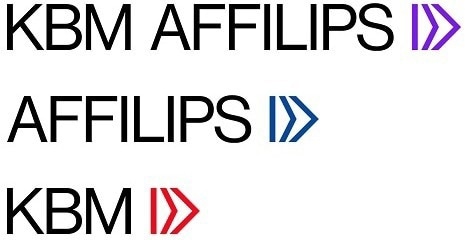KBM Affilips offers a complete range of alloys for the global aluminum industry including the Aluminium-Boron master alloy. Industrial practices at one time used the boron containing chemicals borax or potassium fluoborate in order to introduce boron into a system.
However, chemical reactions taking place in the holding furnace or reduction cell caused challenges such as unpredictable and low boron yield and environmental pollution. Both the practices are presently obsolete and have been substituted by aluminium-boron (AlB) master alloy addition.
International standards for electrical conductivity (EC) grade aluminium specify a maximum resistivity of approx. 0.028 Ohm.mm²/m. Aluminium for such applications is treated with boron to neutralize the harmful effects of titanium, vanadium, chromium and zirconium on the electrical conductivity. These elements are precipitated by boron as insoluble borides, meaning they are no longer detrimental to conductivity out of solution.
Iron, manganese, and silicon can also have an adverse effect, but are not removed by boron treatment. Continuous addition of AlB rod into the launder during casting can be done using the KBM Affilips engineered rod feeder. AlB master alloys are produced in the following forms:
- Coiled rod
- Cut rod
- Waffle Ingots
- Piglets
- Conticast
- Contiform
AlB Master Alloys
The table shows the different aluminum boron alloys and their composition:
| Alloy |
Composition |
| AlB3 |
3% Boron balance Aluminium |
| AlB4 |
4% Boron balance Aluminium |
| AlB5 |
5% Boron balance Aluminium |
| AlB6 |
6% Boron balance Aluminium |
| AlB8 |
8% Boron balance Aluminium |
| AlB10 |
10% boron balance Aluminium |

This information has been sourced, reviewed and adapted from materials provided by KBM Affilips.
For more information on this source, please visit KBM Affilips.